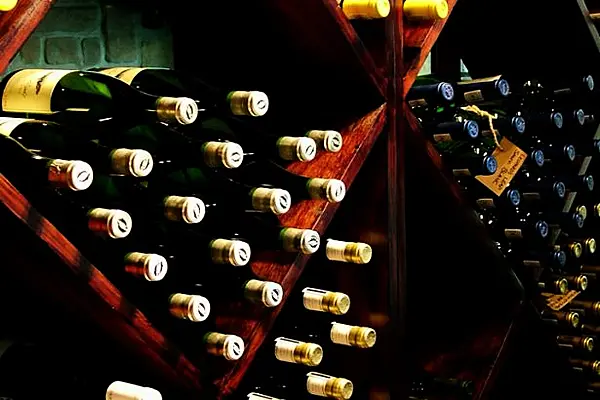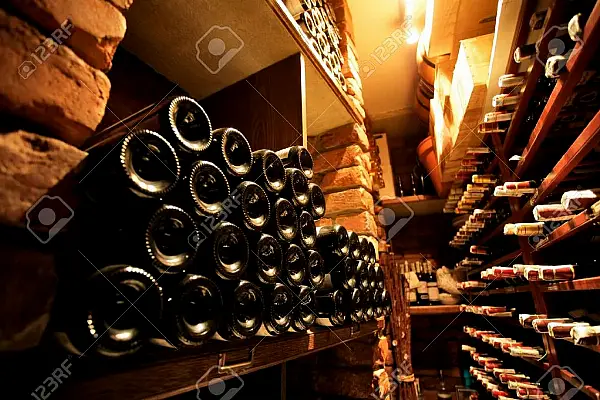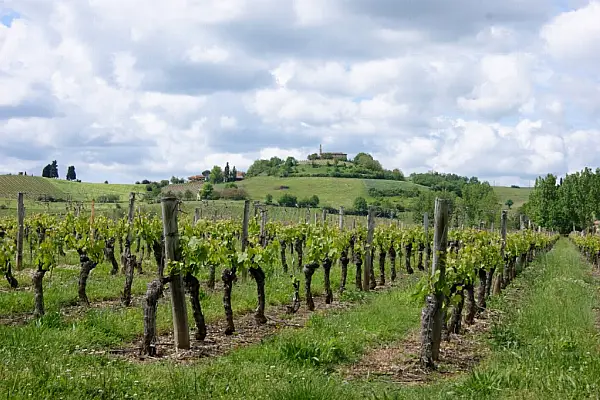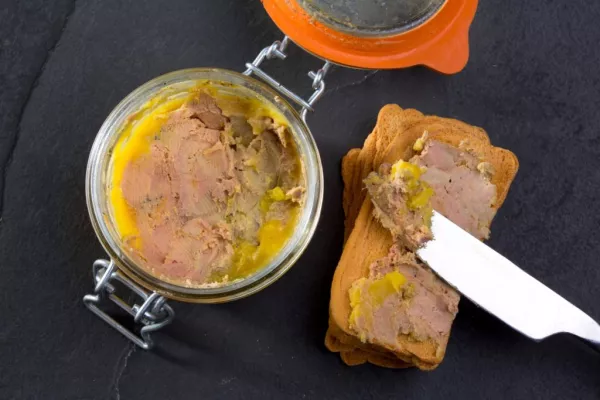Italy is set to reclaim its spot as the world’s biggest wine producer after output in the home of Chianti and Prosecco rebounded from last year, when rain spoiled part of the grape crop.
Italy’s winemakers will raise volume by 10 per cent to 48.9 million hectoliters this year, equivalent to about 6.5 billion bottles, to overtake France, the International Organisation of Vine and Wine estimates. French wine output will increase 1.2 per cent to 47.4 million hectoliters, according to data from the group, known by its acronym OIV.
Italian wine production, which dates back to pre-Roman times, was worth €4.55 billion to producers last year, or 9.4 per cent of the country’s total agricultural output, Eurostat data show. The volume of the 2014 vintage slumped 18 per cent as wet weather caused fungal disease such as mildew and botrytis in Italy's vineyards.
“Last year wasn’t a disaster, but we were overtaken,” Carla di Paola, Italy’s representative with the OIV, said in an interview in Paris. “Wine is part of our tradition, being number one is important.”
Italian Production
Growth in sparkling wine, such as prosecco, is boosting Italian production, di Paola said. While Italy reclaimed the rank that it held in 2012 and 2013 by volume, France remains bigger by value, particularly because of high-priced Champagne, she said.
Global world wine production is expected to rise 2 percent to 275.7 million hectoliters, according to OIV documents handed out at a meeting in Paris on Wednesday. Italy will more than make up for falling output in Spain and Argentina, the data show.
Wine volume in Spain, the third-biggest producer, is seen dropping 4.2 per cent to 36.6 million hectoliters while Argentina’s output will slump 12 per cent to 13.4 million hectoliters, according to the Paris-based intergovernmental group. US production will increase 0.5 per cent to 22.1 million hectoliters.
“We’re only just finishing the harvests in the Northern Hemisphere, so these numbers are preliminary,” Jean-Marie Aurand, director general at the OIV, said at a meeting with reporters.
Global consumption should be about the midpoint in a range of 235.7 million to 248.8 million hectoliters, Aurand said. That should leave the market “well balanced,” with enough wine to meet industrial demand of about 33.4 million hectoliters that’s needed to make spirits, vinegar and vermouth, he said.
News by Bloomberg, edited by ESM. To subscribe to ESM: The European Supermarket Magazine, click here.









